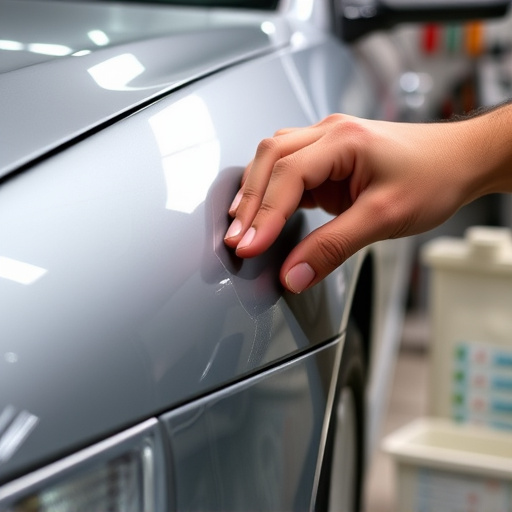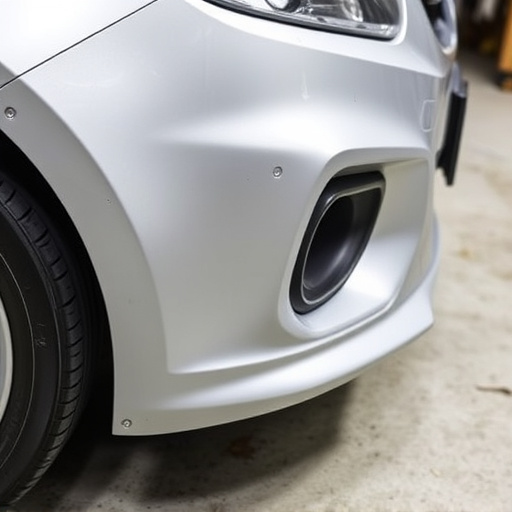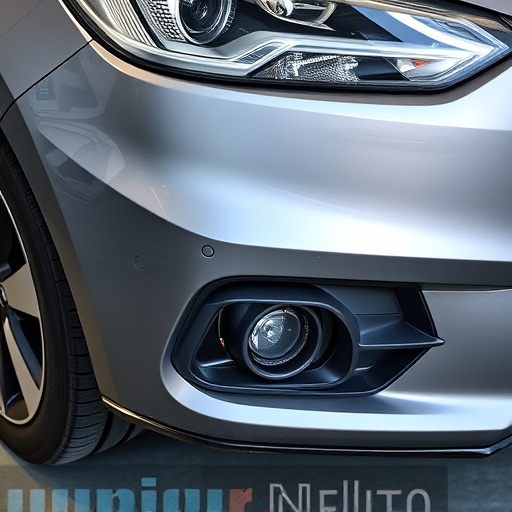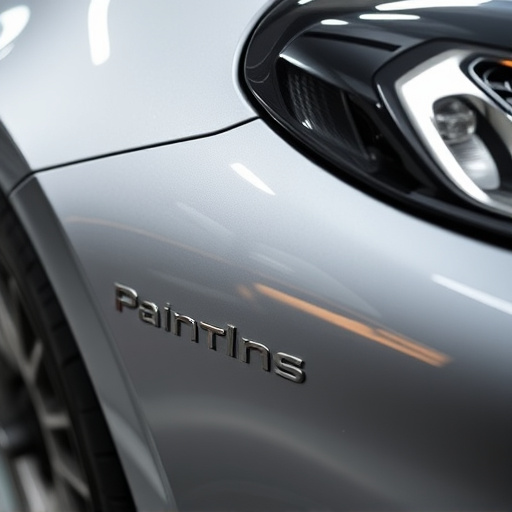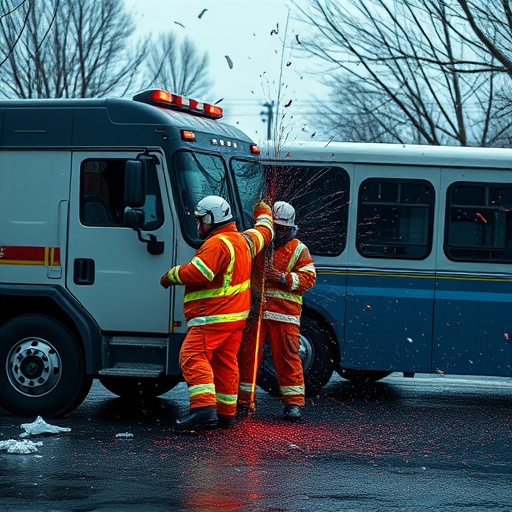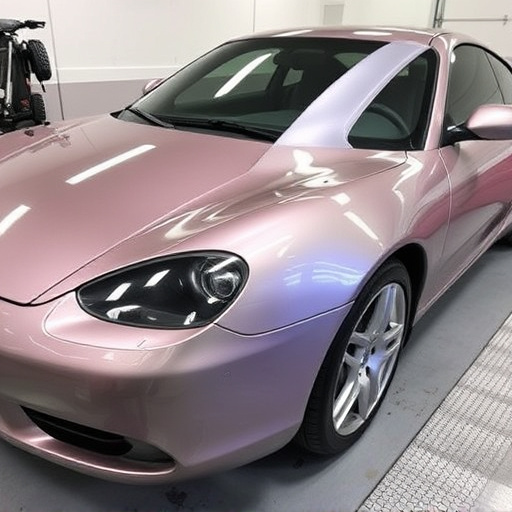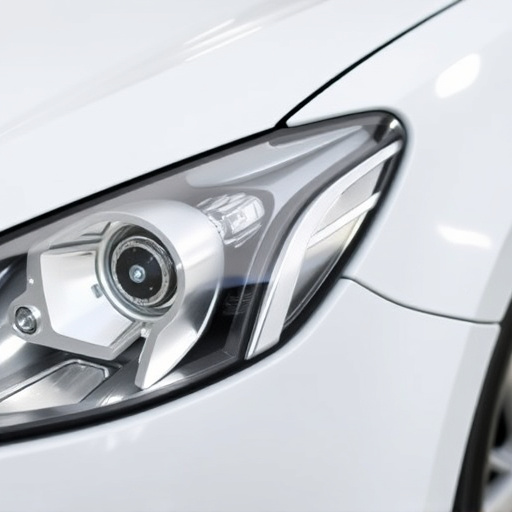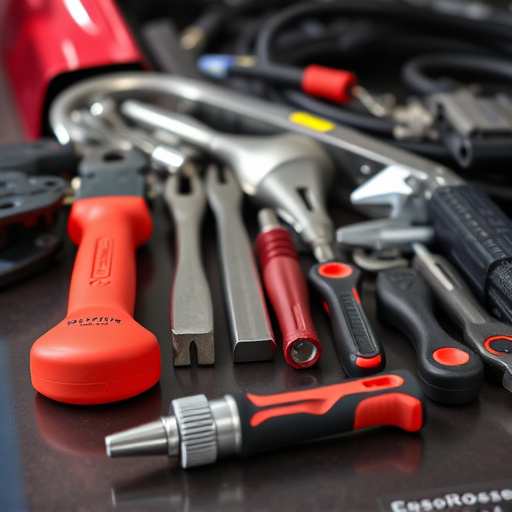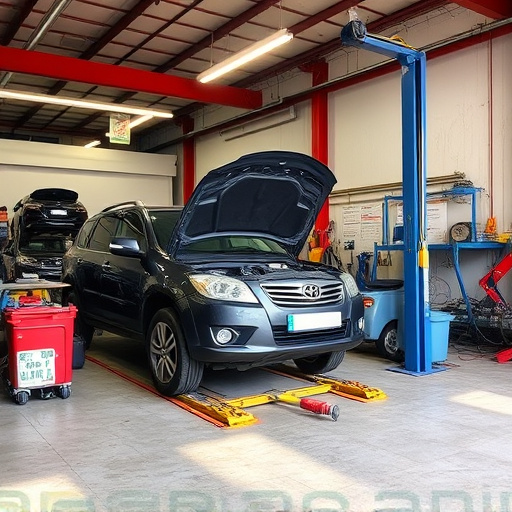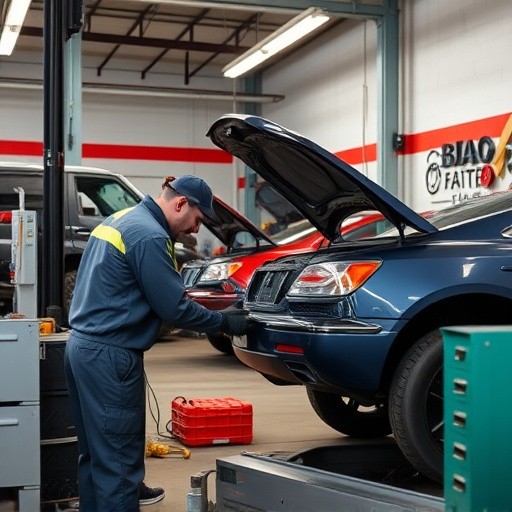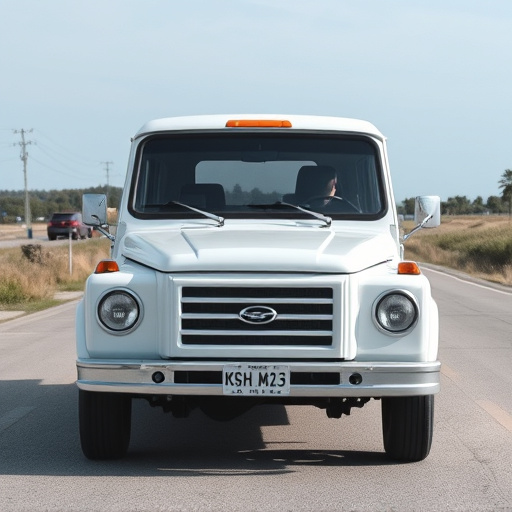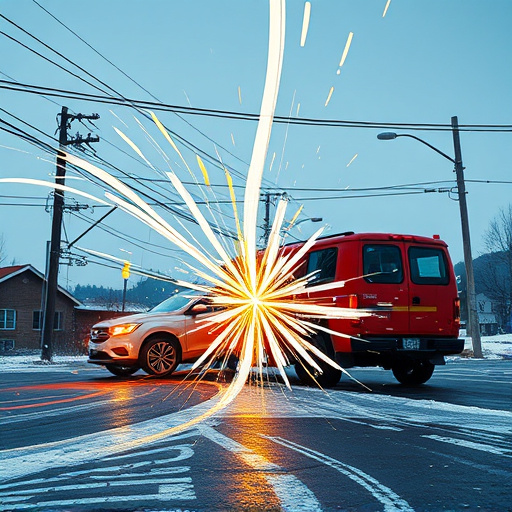PDR (Paintless Dent Repair) offers a cost-effective and non-invasive method for fixing car dents, using specialized tools to gently press damaged areas back into place. However, its effectiveness depends on severity; deep or complex dents may require traditional repair methods. PDR preserves original paint but can struggle with exact shade matching. When choosing between PDR vs traditional dent repair, understanding pros and cons is key for an informed decision based on cost, time, and damage severity.
In the automotive industry, choosing the right dent repair method is crucial for both shops and car owners. This article delves into the age-old debate of PDR vs traditional dent repair, offering a comprehensive guide for decision-making. We’ll explore the advantages and disadvantages of PDR (Paintless Dent Repair) and dissect the conventional traditional dent repair process. By comparing these techniques based on cost, efficiency, and outcomes, shops can make informed choices to cater to their customers’ needs in today’s competitive market.
- Understanding PDR: Advantages and Disadvantages
- Traditional Dent Repair: The Established Method
- Cost Analysis: Comparing Repair Techniques
Understanding PDR: Advantages and Disadvantages
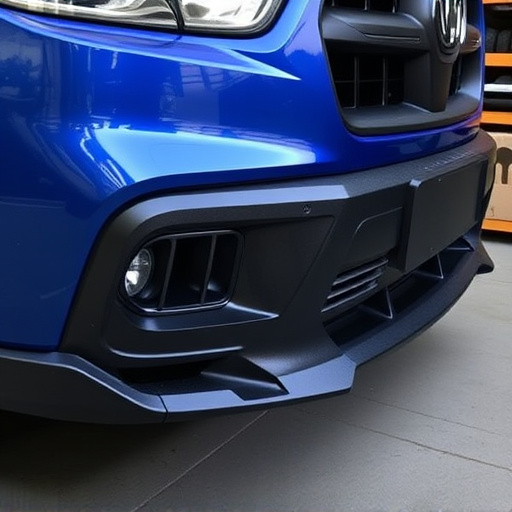
PDR (Paintless Dent Repair) is a revolutionary method for fixing car dents and scratches, offering an alternative to traditional auto body repair. This non-invasive technique involves using specialized tools and techniques to gently press and pull damaged areas back into place, restoring the car’s original shape without the need for extensive painting or sanding. One of the primary advantages of PDR is its cost-effectiveness; it often results in significant savings compared to conventional dent repair, as it requires less labor and materials. This makes it an attractive option for both shop owners and customers looking for budget-friendly solutions.
However, PDR is not without disadvantages. Its effectiveness heavily relies on the severity of the damage. For deep or complex dents, especially those with underbody or structural implications, traditional dent repair might be a more suitable choice. Moreover, while PDR preserves the original car paint, it may not always match the exact shade perfectly, leaving visible evidence of the repair if not done meticulously. This aspect can be a drawback for customers seeking a completely seamless restoration, prompting them to consider comprehensive auto body repair services that ensure precise color matching and flawless finishes.
Traditional Dent Repair: The Established Method
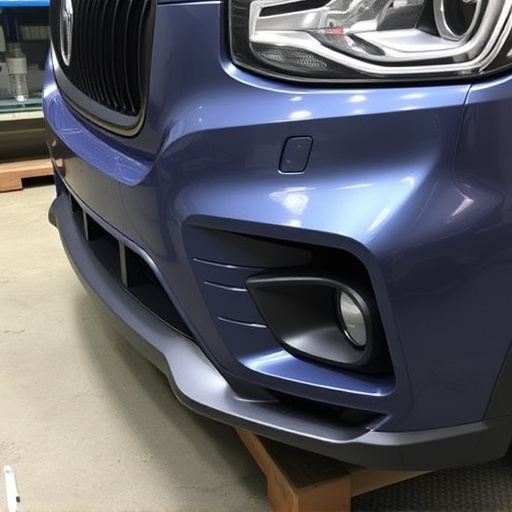
Traditional dent repair, often referred to as the established method, involves several steps that have been perfected over decades. In this process, damaged panels are typically replaced rather than repaired, requiring extensive painting and finishing work afterward. This traditional approach has long been the go-to for vehicle collision repair, offering a straightforward solution for severe dents and crimps. It ensures a seamless fit and finish, especially on complex car body structures.
Compared to PDR (Paintless Dent Repair), traditional dent repair is more labor-intensive, requiring skilled technicians to cut, shape, and weld metal to restore the vehicle’s original condition. While it guarantees robust structural repairs, it can be more costly and time-consuming. With advancements in technology and techniques, many shops are now considering PDR as an alternative, especially for minor dents and scratches, to reduce costs and repair times without compromising on quality.
Cost Analysis: Comparing Repair Techniques
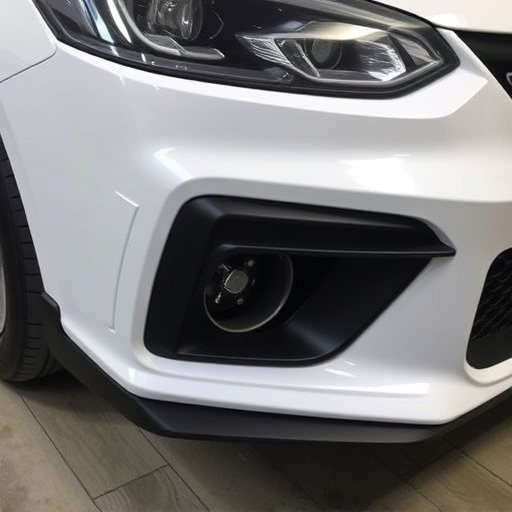
When comparing PDR (Paintless Dent Repair) to traditional dent repair methods like frame straightening or bumper repair, cost is a primary factor for shops. PDR is often more economical due to its non-invasive nature. This technique avoids extensive metal manipulation and repainting, significantly reducing labor costs associated with more aggressive repairs. Traditional methods, on the other hand, can be more expensive, especially for complex fender bender damages that require significant frame straightening or complete bumper replacement.
Shops must consider material costs as well. PDR typically only needs a dent puller and specialized tools, while traditional repair necessitates various tools, hardware, and often new parts for the damaged area, such as panels or bumpers. This can make traditional repairs more expensive upfront. However, for severe cases where structural integrity is compromised, traditional methods might be necessary, despite their higher costs.
When choosing between PDR (Paintless Dent Repair) and traditional dent repair, shops must consider both cost-effectiveness and customer satisfaction. While traditional methods offer proven results for severe damage, PDR is a game-changer for minor dents, providing quicker turnarounds and minimal paint disruption. Ultimately, the decision should align with the shop’s capabilities, the extent of the damage, and client expectations, ensuring the chosen technique delivers the best value and quality.
